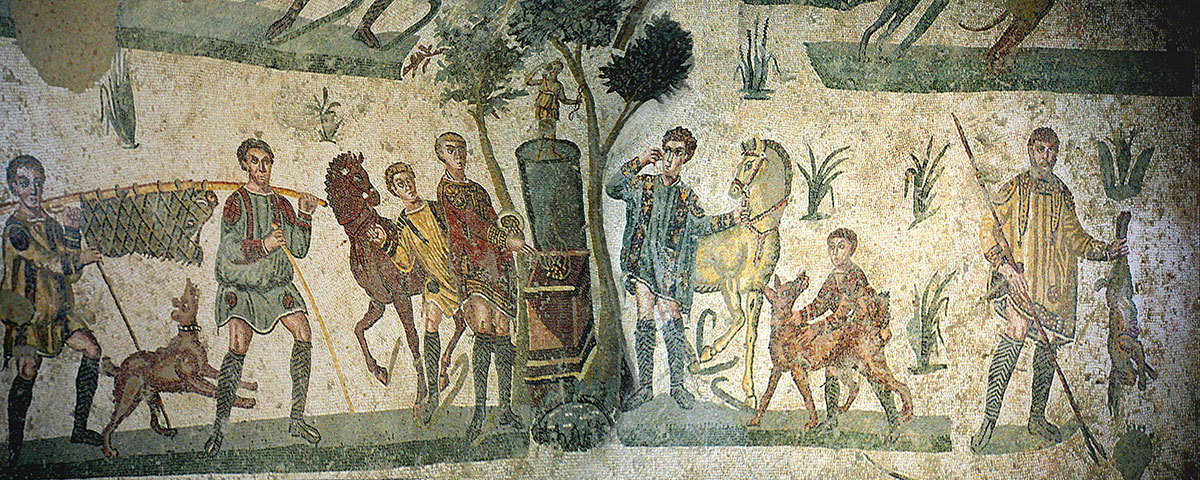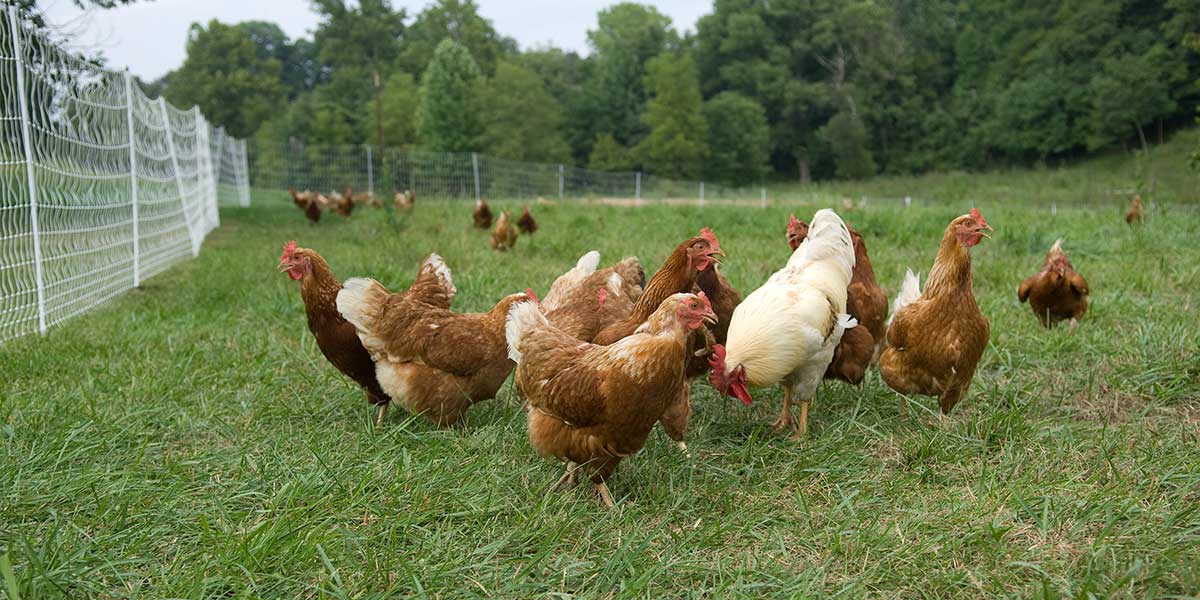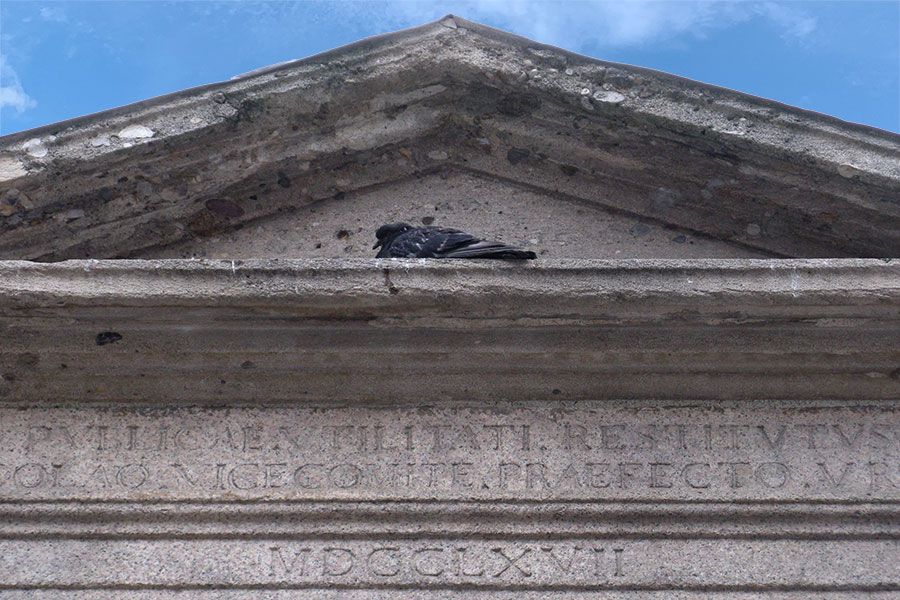Guest Blog by Frank Weaver
‘I think I could turn and live with animals, they are so placid and self-contain’d,
I stand and look at them long and long.’
— Walt Whitman, “Song of Myself, 32” (from Leaves of Grass)
As we enter this season of “Peace on Earth, good will toward men,” it is worthwhile to be reminded that in this deeply conflicted world, while there may be many things that divide people—borders, currency, language, religion, politics—there are many more things that unite us in harmony. One of those unifying principles is our common relationship with animals: not merely as food or pets or helpmates, but in the simple awe and affection they have always inspired in the human psyche. It is a sentiment that stretches not only across great geographical distances but across the vast chasm of time itself.

“I am in tears while carrying you to your last resting place, as much as I rejoiced when bringing you home in my own hands fifteen years ago.” (Source)
By way of illustration of this principle of commonality, on a recent trip to Italy and Croatia I was struck by the sheer quantity of inspiring plastic and pictorial representations of animals seen in my travels. Here are just a few examples.
(NOTE: Click on an image thumbnail below to view it enlarged. For more information about the image, click the “info’ icon in the gallery slideshow.)
Marine Life
To continue with the theme of the timeless connection between antiquity and the present day, consider these depictions of octopuses, flat fish, and other sea creatures painted on pottery found in the ruins of a Roman settlement situated in the scenic Tuscan hillside town of Fiesole, Italy.
Now compare these with the octopus roundel and other marine-themed sculptural reliefs that decorate the exterior of the Civic Aquarium of Milan, built in 1906 and the third oldest aquarium in Europe.
Finally, in the gorgeous 13th-century (and aptly named) Saint Francis of Assisi Church in Zagreb, Croatia, you will find a treasure trove of stunning stained-glass window panels, designed in the 1960s by Croatian artist Ivo Dulčić and inspired by the Saint’s Canticle of the Sun, depicting animals in all their variety, including sea life. The well-known Canticle, by the way, is also titled Laudes Creaturarum (“The Praise of Creatures”).
Horses
Equine representations can be found in museums everywhere: in decorative reliefs, statuary, and paintings.
And honestly, one cannot enter a public square in Europe without encountering one historical (or mythological) personage or another—in the form of that personage astride one (or more) monumental equestrian statues, usually in bronze:
And not all the equine statues depict realistic horses. The winged steed Pegasus, perched on a roof in Milan, guards the entrance to the city’s central train station. And in Florence you are likely to run across at least a couple hippocamps (mythological sea creatures, half horse and half fish, often ridden by sea nymphs or a sea god such as Nereus or Poseidon).
For true horse-lovers, also in Florence is a museum dedicated almost entirely to this noble animal. The Marino Marini Museum celebrates the life and work of one of the most important artists of the 20th century. The most compelling subject to Marini, and that which the sculptor analyzed the most thoroughly, was that of the horse and rider.
Farm Animals
Italy is stuffed to the gills with masterpieces of Gothic, Renaissance, and later art. One key aspect of the Renaissance style is its focus on exactingly realistic depictions of the human form—arguably reaching its zenith in Michelangelo’s David:
Yet realistically rendered domesticated farm animals too made their way into the sculptures and paintings of many of these artists. Along those lines, a favorite subject of theirs was the birth of Christ; and in any depiction of such nativity scenes, inclusion of farm animals surrounding the manger was not just expected, it was de rigueur.
For example, one of the panels of the main bronze doors of the Milan Duomo Cathedral, designed by Ludovico Pogliaghi in Renaissance style in the early 20th century, depicts the Nativity of Jesus, and it features just two oxen in attendance. Compare that to Domenico Ghirlandaio’s much more detailed Adoration of the Magi (1487), which includes the full panoply of oxen, horses, donkeys, and sheep. Yet even more splendidly detailed is Gentile da Fabriano’s Adoration, widely considered the culminating work of the Gothic style of painting. It is populated by not just a large crowd of people but also a virtual menagerie of animals, including a dog—and a monkey! The newborn Savior seems almost an afterthought.
Continue reading: Part 2







